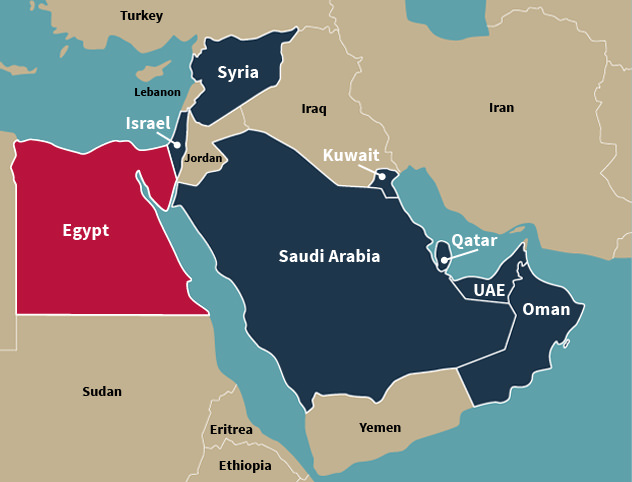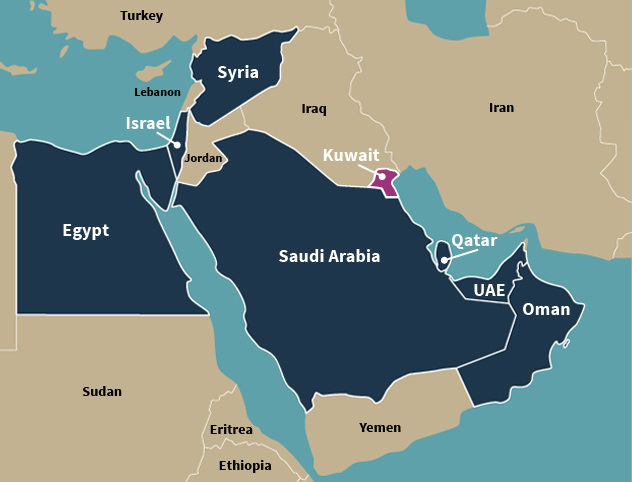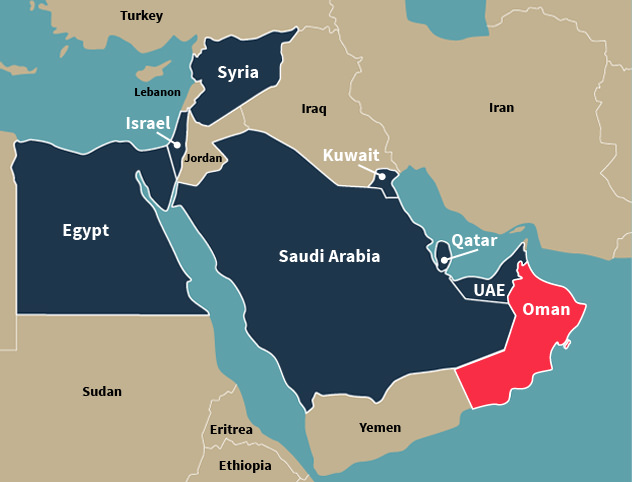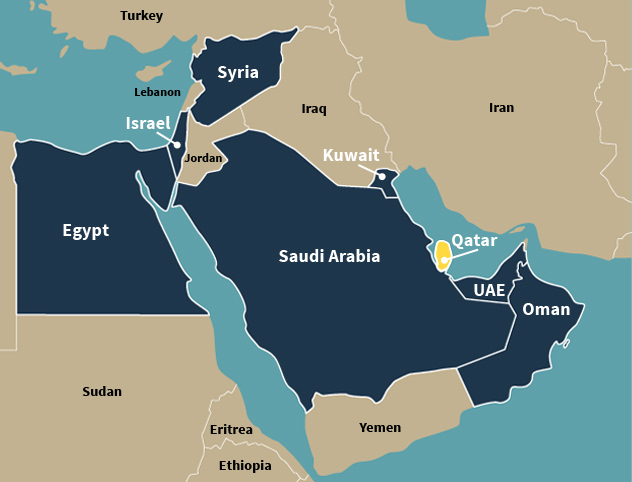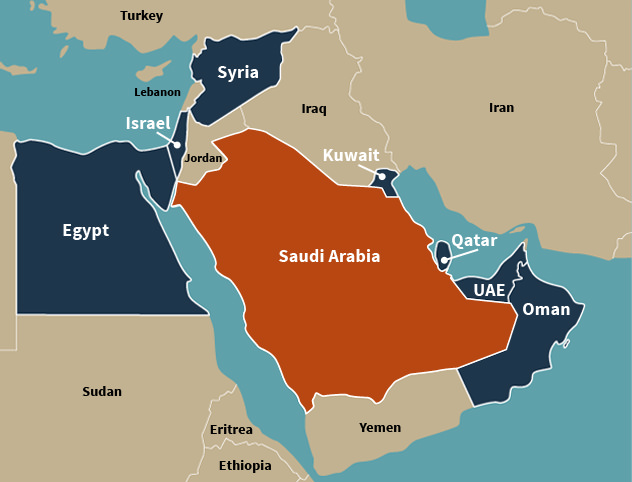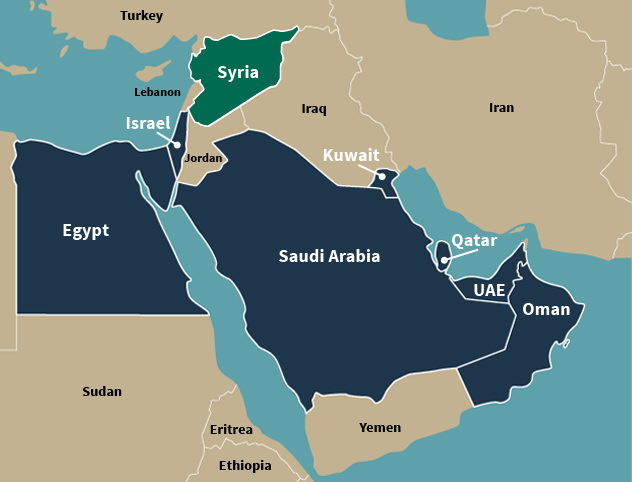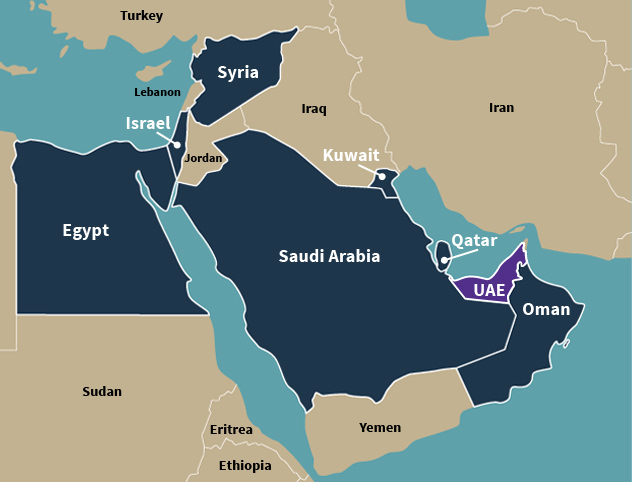Building a Coalition Activity: Student Activity
Activity Overview
In this activity, you will examine historical examples of United States’ coalition building under Secretary of State James Baker, identify why coalition building was necessary, and examine the major steps taken in achieving a coalition. You will then identify a local problem or issue and analyze the actions needed to create a coalition to achieve your goal.
Objectives
At the end of this activity, you will be able to:
- Describe what it means to build a coalition.
- Describe James Baker’s role as a “coalition builder” during two key events in history.
- Brainstorm alternative historical outcomes for what might have happened without the support of a coalition.
- Identify the differences between global and local coalition building.
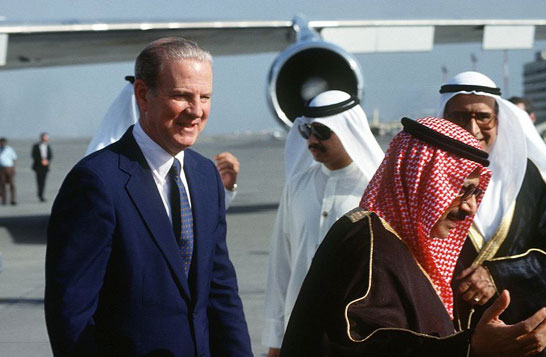
Activity / Procedures
Part I: What Is a Coalition?
A coalition is a group of diverse entities that come together for a common cause. A coalition can be small, including only a group of people, or it can be large, including different organizations or nations. The goal of a coalition is to work together to reconcile differing viewpoints or beliefs.
“One of the things the United States does well is building coalitions. What the U.S. knows is that if you don't have a coalition with you, you will have a coalition against you.”
— Former Israeli Prime Minister Shimon Peres
- Interpret and discuss the above quotation. What is a coalition? What does it mean to build a coalition?
-
Watch this video clip showing how Secretary of State James Baker led a coalition to achieve German reunification and the Helsinki Accord.
Use Graphic Organizer #1 - German Reunification and the Helsinki Accord to take notes from the video. Think about the following:
- What actions did the different countries take that led to a coalition?
- Why were these countries opposed to German reunification?
- Why was it important to have the support of all of these countries?
After you have watched the clip, summarize why the United States needed to build a coalition with the Soviet Union, France and Great Britain in order for the unification of Germany and its joining of NATO to succeed. Record your answer on the graphic organizer.
Building a Coalition - Video Clip 1 (from James Baker documentary)
-
Now watch this video clip showing how Secretary Baker built a coalition after the Iraqi invasion of Kuwait.
Use Graphic Organizer #2 – The Coalition Builder to take notes from the video. Think about the following:
- Why was it important to get support for Kuwait from these countries?
- What might have happened without that support?
After you have watched the clip, summarize why coalition building was necessary for success in Kuwait. Include examples and details of how this coalition building contributed to success and how the outcome may have been different if President Bush had decided to take unilateral action against Iraq. Record your answer on the graphic organizer.
Building a Coalition - Video Clip 2 (from James Baker documentary)
- Explore this interactive map of the Middle East to see the physical proximity of the players in the coalition building efforts. Click on a country to get more information.
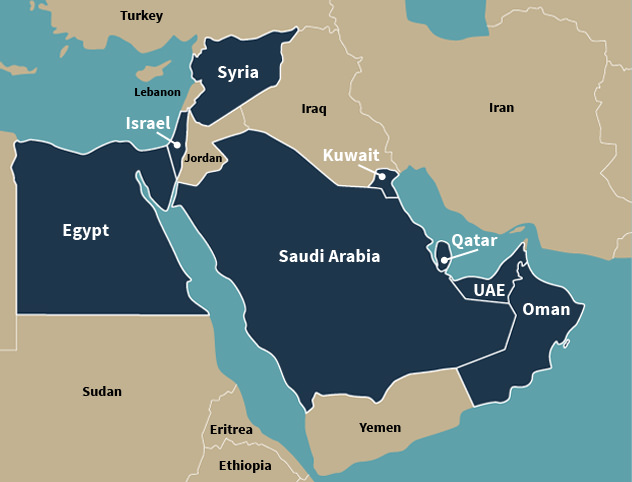
Click on a country name in the tab above to learn more.
Part II - Building a Local Coalition
Coalition building is necessary at an individual level as well as the global level. You will now identify a local or school-based issue and apply the steps of coalition building in order to develop a solution.
- Work with your classmates to brainstorm a list of issues that are important to your school or community. Refer to the list in the table on the right for ideas.
- In your group, consider what you know about the importance of building a coalition. Think about strategies that will help you find support and work with the opposition. Record your ideas on the Graphic Organizer #3 - Building a Local Coalition .
| POSSIBLE LOCAL ISSUES | |
|---|---|
 |
Collect non-purchased cafeteria food and make food donations to a local homeless shelter. |
 |
Begin a recycling program at school. |
 |
Make food donations to a local homeless shelter. |
 |
Run a clothing drive for the less fortunate. |
 |
Start an anti-bullying campaign. |
 |
Create an after-school homework help center. |
 |
Establish a BYOD (Bring Your Own Device) policy that allows student to bring their own electronics to school to assist them with their school work. |


